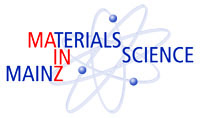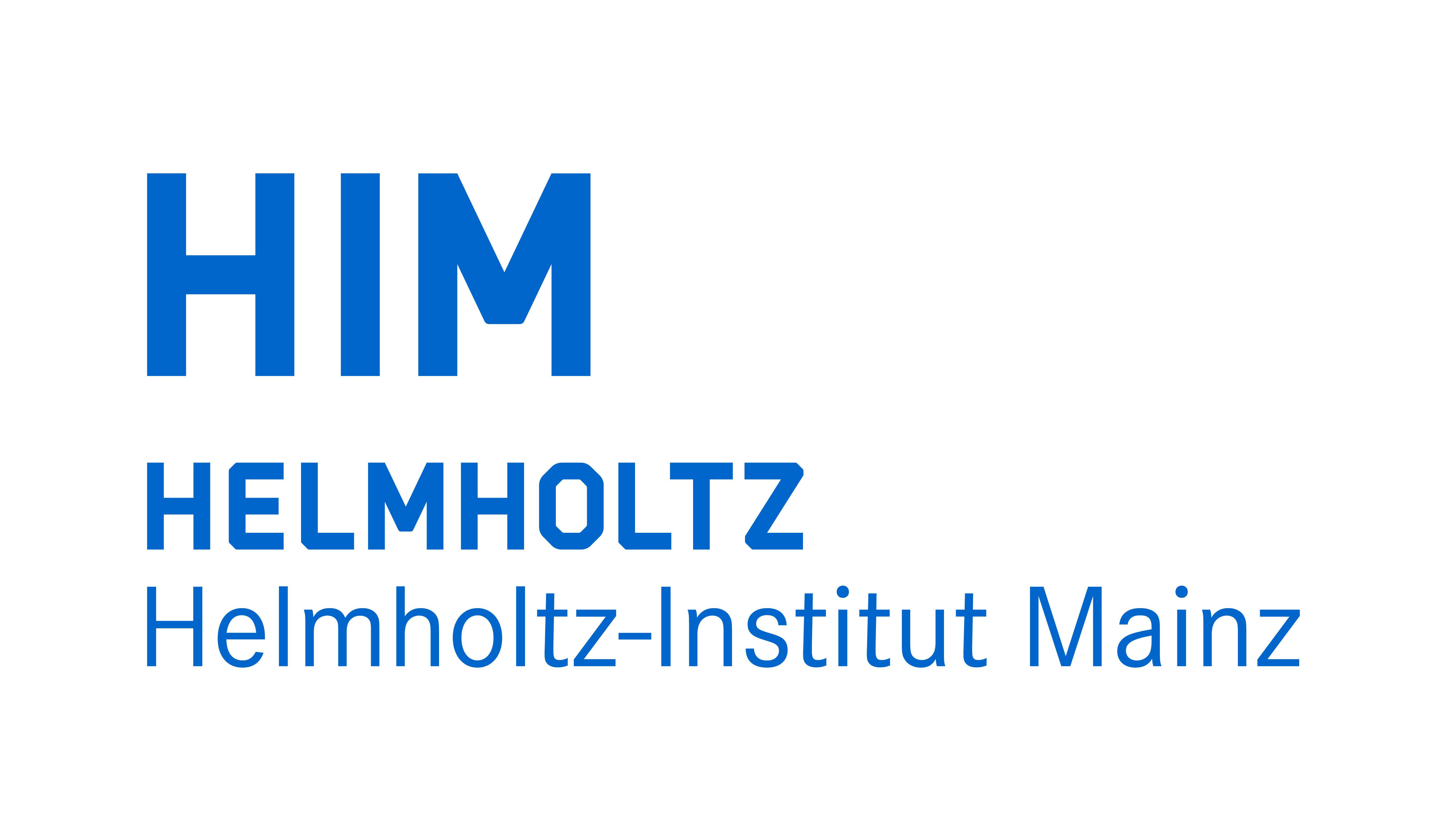


Physikalisches Kolloquium
June 27, 2017 at
4 p.m. c.t.
in
HS KPH
Prof. Dr. Friederike Schmid
Institut für Physik
friederike.schmid@uni-mainz.de
Prof. Dr. Hartmut Wittig
Institut für Kernphysik
hartmut.wittig@uni-mainz.de
MRI at high magnetic fields – Biomedical research potential of 7 tesla and higher
Prof. Dr. Mark E. Ladd (Deutsches Krebsforschungszentrum, Heidelberg)
In the past three decades, magnetic resonance imaging (MRI) has become a vital tool for clinical diagnosis and life science research. An ongoing trend is the introduction of research magnets with more powerful static magnetic fields, including magnets for human use at 7 Tesla and higher. Advantages of higher magnetic fields include higher signal-to-noise ratios that enable improved spatial and temporal resolution, and unique tissue contrasts based on enhanced sensitivity to tissue susceptibility differences and other physical effects. It is now likely that 7 Tesla will be introduced as the next clinical alternative beyond 3 Tesla. Nevertheless, many technical challenges remain, including interference and penetration effects affecting the radiofrequency field used to excite the tissue that make it difficult to image large cross-sections in the body. In this presentation we will take a look at the state-of-the-art of human biomedical imaging at 7 Tesla and examine the perspective for MRI at even higher magnetic fields.